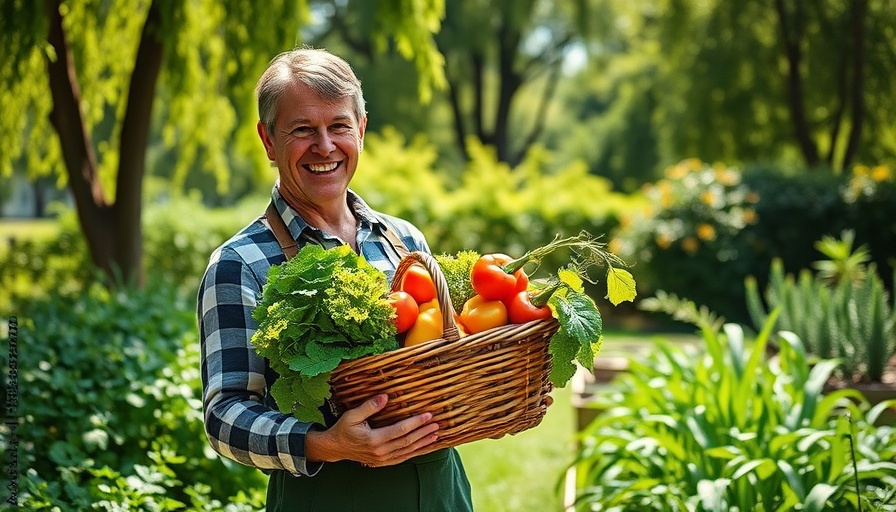
Growing Food, Growing Community: The Mocha Gardener's Mission
In a world increasingly aware of the importance of food security and sustainability, Ashlie Thomas, also known as The Mocha Gardener, stands out as a beacon of practical wisdom and community engagement. Her journey emerged from a simple desire to cultivate nutrient-rich food but has blossomed into a mission that emphasizes the deeper connections between gardening, heritage, and social responsibility.
Back to the Roots: Personal Connection to Gardening
Ashlie’s first memories of gardening date back to hot summers in South Carolina, where she assisted her grandfather in picking fresh vegetables. This early exposure instilled in her the understanding that food, family, and the land we cultivate are intertwined. Today, as she shares her gardening journey through her platform, Ashlie combines these personal anecdotes with the scientific expertise gained from her studies in nutrition.
Holistic Gardening: Beyond Planting
For Ashlie, gardening isn't just about planting seeds—it's about fostering wellness, education, and community empowerment. This philosophy shines through in her writings and public engagements where she promotes sustainable practices that encourage others to cultivate their own food. Her book, How to Become a Gardener: Find Empowerment in Creating Your Own Food Security, serves as a guiding manual for aspiring gardeners to connect with their local environment and communities.
The Nutritional Science Perspective
Ashlie's background in nutritional science enriches her gardening practices. As she pursues her PhD, her research focuses on food security, helping her to understand the broader implications of what it means to grow food. This academic perspective allows her to not only grow delicious vegetables but to educate others on the nutritional value of homegrown food. In her view, every garden is a step towards better health, both for individuals and their communities.
Building a New Community Garden
As Ashlie and her husband, Tyler, embark on a journey to create a larger garden on their new property, their vision extends beyond personal bounty. They aim to establish a community space where locals can gather, learn, and share resources—a living embodiment of Ashlie's belief that gardens grow connections as much as they grow food.
Common Misconceptions about Gardening
Many people view gardening as an isolated hobby, disconnected from societal issues. However, Ashlie dispels this myth by illustrating gardens as platforms for advocacy. She explains how growing food at home not only alleviates food deserts but empowers marginalized communities. By participating in gardening, individuals can reclaim their food sovereignty, thus turning personal practices into powerful acts of resistance against systemic issues.
Embracing the Future: Trends in Home Gardening
Looking ahead, Ashlie foresees significant shifts in how people approach gardening. With a strong focus on sustainability and local food systems, she believes the gardening movement will continue to grow, appealing to younger generations eager to reconnect with nature. Incorporating technology alongside traditional methods, such as hydroponics and community sharing apps, could redefine home gardening as an accessible and communal activity.
Conclusion: Take Action and Grow
Ashlie Thomas, The Mocha Gardener, reminds us that the act of gardening transcends planting seeds in the ground; it's about planting ideas, nurturing communities, and fostering a culture of sustainability. By embracing her approach, individuals can cultivate not only their gardens but their connections to family and community, thereby creating a healthier world for all. Ready to dig in? Find your local gardening network, share resources, and start growing today!
 Add Row
Add Row  Add
Add 




Write A Comment